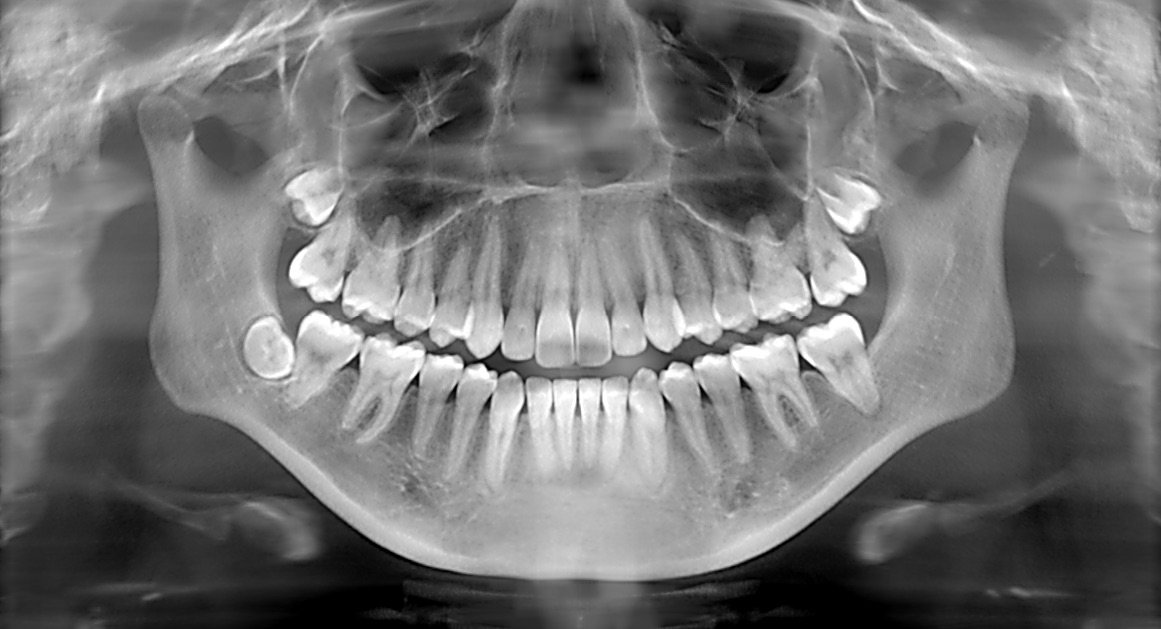
Dental health is a crucial aspect of overall well-being, and regular check-ups are essential to maintaining healthy teeth and gums. Among the various diagnostic tools used by dental professionals, dental X-rays play a vital role in detecting issues that are not visible to the naked eye. If you’re scheduled for a dental X-ray or considering one, understanding what to expect can help alleviate any anxiety and ensure a smooth experience.
Affinity Chicago, we’ll walk you through the purpose of dental X-rays, the different types, the preparation process, what happens during the procedure, and any safety considerations. Whether you’re a first-timer or just need a refresher, this post aims to provide clarity and confidence.
Why Are Dental X-Rays Necessary?
Dental X-rays allow dentists to see beneath the surface of your teeth and gums, revealing issues that might otherwise go unnoticed. These issues include:
- Tooth decay between teeth or below existing fillings
- Bone loss associated with periodontal disease
- Abscesses or cysts
- Impacted teeth or roots
- Developmental abnormalities
- Tumors or other oral pathologies
Regular X-rays aid in early detection, leading to more effective treatment and better oral health outcomes.
Types of Dental X-Rays
There are several types of dental X-rays, each serving different diagnostic purposes:
1. Bitewing X-Rays
- Show the upper and lower back teeth (molars and premolars)
- Useful for detecting cavities between teeth and checking bone levels
- Usually taken every 6-12 months
2. Periapical X-Rays
- Focus on a few teeth at a time, from crown to root
- Show detailed images of entire teeth and surrounding bone
- Helpful for diagnosing root issues or abscesses
3. Panoramic X-Rays
- Provide a broad view of the entire mouth, including teeth, jaws, sinuses, and temporomandibular joints (TMJ)
- Often used in orthodontic planning or evaluating impacted wisdom teeth
4. Cephalometric X-Rays
- Profile view of the head
- Mainly used in orthodontics for jaw and facial structure assessment
Preparing for Your Dental X-Ray
Preparation is minimal, but some considerations can enhance your experience:
- Inform your dentist of pregnancy: If you are pregnant or suspect you might be, notify your dentist. Special precautions or alternative imaging options may be recommended.
- Remove jewelry and accessories: Metal objects such as earrings, necklaces, glasses, or hairpins can interfere with the X-ray images.
- Wear appropriate clothing: You might be asked to wear a lead apron or bib to protect your body from radiation exposure.
- Provide your dental history: Inform your dentist if you have had recent dental treatments or if you have any health conditions.
What Happens During the Dental X-Ray Procedure?
Understanding the steps involved can help demystify the process:
1. Positioning
- The dental professional will ask you to sit or stand in a designated area.
- You will be given a lead apron or bib to wear, which shields your body from unnecessary radiation.
- For certain X-rays like bitewings, you may be asked to bite down on a small tab attached to the X-ray film or sensor.
2. Placement of the X-Ray Sensor or Film
- For digital X-rays, a small sensor is placed inside your mouth, close to the teeth being examined.
- For traditional film X-rays, the film is positioned similarly.
- The sensors are flexible and designed to be as comfortable as possible.
3. Alignment and Taking the X-Ray
- The technician will position the X-ray machine to align with the sensor and your teeth.
- You may be asked to remain still and hold your breath briefly to prevent blurring.
- The technician will step behind a protective shield or leave the room during the exposure to minimize radiation exposure.
- The actual exposure lasts only a fraction of a second.
4. Image Capture
- The X-ray machine emits a controlled radiation beam that passes through your tissues.
- The sensor captures the image, which is then processed digitally or on film.
- The entire process typically takes just a few minutes.
5. Review and Follow-up
- The images are reviewed immediately by the dentist.
- If additional images are needed, the process might be repeated.
- Your dentist will discuss findings and recommended treatments based on the X-ray results.
Safety Considerations
While dental X-ray involve exposure to low levels of radiation, safety is a priority:
- Minimal Radiation: Modern digital X-ray systems significantly reduce radiation exposure compared to traditional film.
- Protective Measures: Lead aprons and thyroid collars shield vital organs.
- Frequency: Dentists adhere to recommended guidelines for how often X-rays should be taken, based on individual risk factors.
- Pregnancy Precautions: Extra caution is taken during pregnancy; alternative imaging methods may be considered.
If you have concerns about radiation exposure, discuss them with your dentist. They can explain safety measures and help determine the necessity and timing of X-rays.
Common Questions About Dental X-Rays
Q: Do dental X-rays hurt?
A: No, X-rays are painless. The process involves positioning sensors in your mouth and remaining still.
Q: Are dental X-rays safe?
A: Yes, when performed with proper safety measures, the radiation dose is very low. Digital X-rays further reduce exposure.
Q: How often should I get dental X-rays?
A: The frequency depends on your oral health, age, risk factors, and dental history. Your dentist will recommend a schedule tailored to you.
Final Thoughts
Affinity Chicago Dental X-rays are an invaluable diagnostic tool that helps detect hidden oral health issues early, enabling prompt and effective treatment. Understanding what to expect during the procedure can help ease any fears and make your dental visit more comfortable.
Remember, maintaining open communication with your dental care team, following pre-appointment instructions, and asking questions can ensure a positive experience. Regular dental check-ups, including necessary X-rays, are key to maintaining a healthy, confident smile.
Let's Connected
Name: Affinity Dental
Address: 2015 W Irving Park Rd, Chicago, IL 60618, United States
Phone: +17739047079
Map: https://maps.app.goo.gl/hapXkACSf6SmipLb8